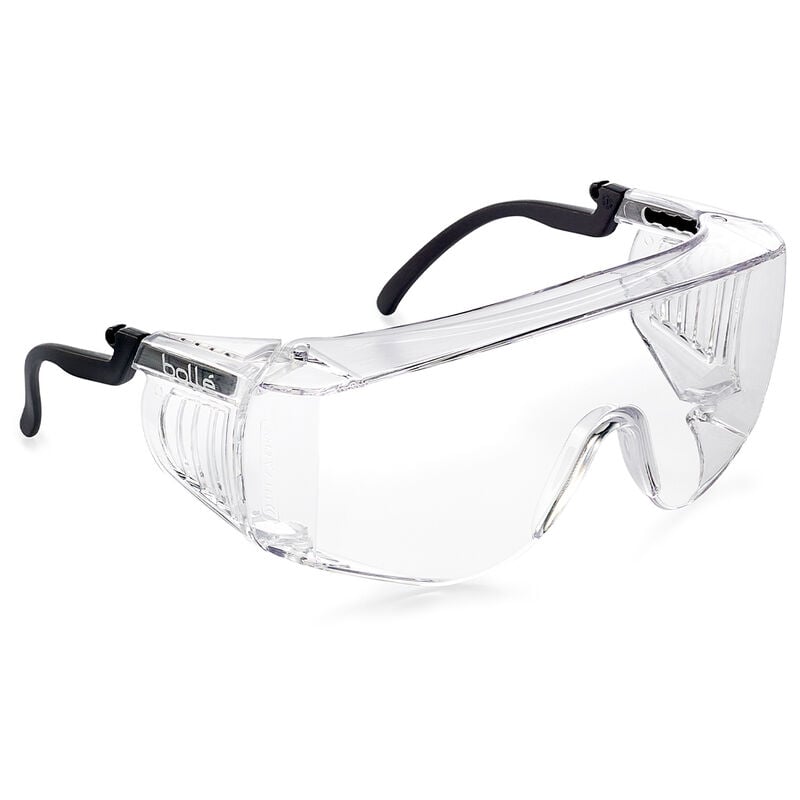
OVERRIDE
40054
$15
BLACK TRANSLUCENT
40054
Clear over-the-glasses
Practicality & coverage
Cost effective, the OVERRIDE OTG provides excellent protection for wearers of prescription glasses. Exceptional clarity provides superior optics.
+
Adjustable temples
+
Fits over glasses
+
Upper brow protection
+
Anti-Scratch/Anti-Fog PLATINUM LITE coating
Technical Information
Weight
1.52 Oz
Frame type
OTG
Frame shape
null
frame base
null
frame material
PC/NYLON
frame color
BLACK / TRANSLUCENT
lens material
POLYCARBONATE
lens color
CLEAR
lens coating
null
technology
null
strap material
null
ballistic resistance
null
ATEX CERTIFICATE
null
ATEX HAZARDOUS AREA / ATMOSPHERE GROUP
null
standards
ANSI Z87.1-2010
Supplied With
CORD
Lens dimension (A)
Lens dimension (B)
bridge dimension
temple dimension
Lens marking
 Z87+ U6
Z87+ U6
Frame marking
 Z87+
Z87+
CSA Status